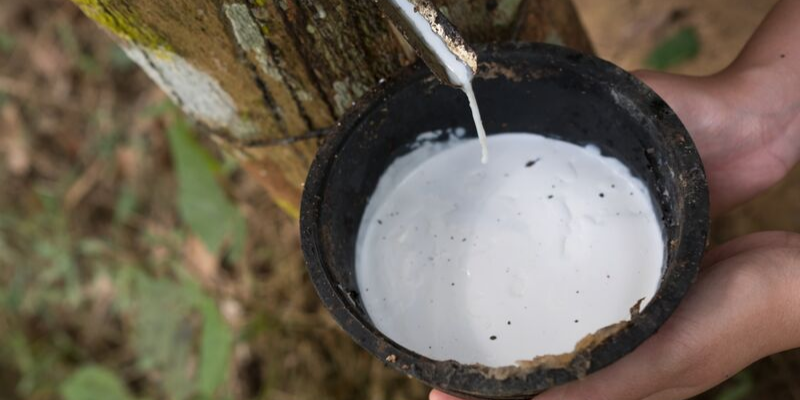Have a Latex Allergy? Be Careful with These Skincare Ingredients

There has been a heavy focus on natural, plant-based ingredients in skincare in recent years – from avocado moisturizers to at-home papaya masks. While these ingredients can be beneficial for some skin types, you have to be careful when slathering anything new on your skin, especially if you have known allergies.
Multiple studies over 25 years have found that people with latex allergies are more likely to have an allergic reaction to certain plant-based topical ingredients than those without latex allergies. Use caution when eating or applying these ingredients to your skin if you are allergic to latex, fruit, or nuts.
Fruit and Nut Ingredients to Avoid
Not everyone with a latex allergy will necessarily have a reaction to all of these ingredients. However, anyone with known allergies should use caution when trying a new skincare product that contains these ingredients that have been shown to spark an allergic reaction:
- Avocado
- Chestnut
- Banana
- Kiwi
- Tomato
- Potato
- Papaya
- Mango
- Passionfruit
- Peach
How Are Latex and Food Allergies Linked?
Latex is a naturally-occuring substance that plants use to seal themselves after an injury to keep insects out. It is a white, milky substance made of proteins, alkaloids, starches, sugars, tannins, and other compounds. Natural latex derived from the rubber tree is also the primary ingredient used to make rubber and other man-made items. Most latex comes from one species of plant called Hevea brasiliensis.
Hevein is a component of natural latex and is also the major allergen that causes a latex allergy in some people. Several studies have found that other plants also contain hevein, which likely explains why people who are allergic to latex may also have an allergic reaction to certain fruits and nuts like bananas, avocados, and chestnuts.
In 1998, researchers found that bananas contain heveins and hevein-like enzymes that induce a similar allergic reaction to latex in people with known latex allergies. In the same year, another study was published examining the link between latex and avocado. Similarly, participants with latex allergies were more likely to develop an allergic reaction to avocados, with hevein-like compounds the suspected culprit.
Later, other compounds found in natural latex were considered as a possible explanation for this connection. Researchers found that specific enzymes called putative class I chitinases are found in many plant structures, including latex, avocado, chestnut, cherimoya, kiwi, mango, papaya, passion fruit, tomato, and wheat flour extracts. This enzyme appeared to play a significant role in both latex and fruit/nut allergies.
In Summary
We are still learning more about the latex-food allergy link. Currently, we do not know if latex allergies occur before or after food allergies. We do know that there is substantial evidence that anyone with a latex allergy could be at a much greater risk of experiencing an allergic reaction to certain foods, either when ingested or applied to the skin.
The bottom line is that anyone with a latex allergy should pay attention to what is in their skincare products, especially if you have had an allergic reaction to certain fruits or nuts in the past.
Stay in the know about all the latest news and research in skincare by following us on Facebook, Instagram, and YouTube!
©2019 Metabeauty, Inc.


